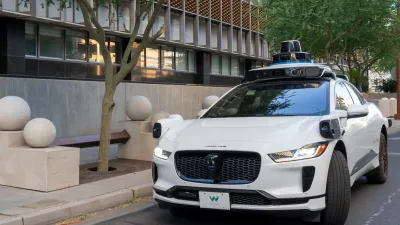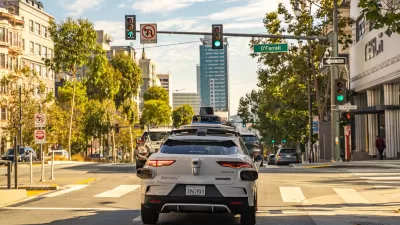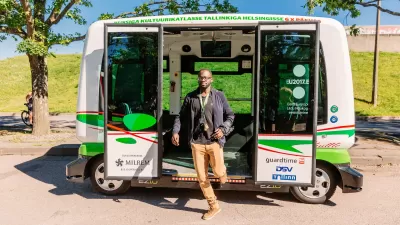There is a growing movement of humans who don't like the idea of being forced to hand the wheel over to robot drivers.

M.R. O'Connor introduces the world to an event called Radwood, an event that gathers vehicles from the pre-digital-technology years before 2000, and the Human Driving Association, "an organization aiming to protect people’s freedom of movement and right to drive their own cars."
The H.D.A. imagines a future in which, for safety reasons, human driving is made illegal. To prevent this scenario from coming to pass, it advocates laws requiring carmakers to include a steering wheel in every vehicle; it also argues that every future car should be fully drivable under hundred-per-cent human control. For members of the H.D.A., events like Radwood aren’t purely nostalgic. They’re an expression of resistance. They believe that, in a world of level-five autonomous vehicles, driving a 1991 Volvo GL could become a radical political act. It might make you an outlaw.
Along the way, O'Connor attends Radwood, introduces readers to the founder of HDA, and links to some of the reading materials that help build an understanding of the foundational ethos of the HAD crowd. HAD founder Alex Roy wrote a manifesto, for instance, in response to a manifesto written by the CEO of Zipcar.
Among the central tenants of Roy's writing is the idea that the media and the public are too quickly buying the idea that the future will be autonomous, to which we reply: not so fast.
- Study: Self-Driving Cars Have Trouble Detecting People of Color
- Study: Self Driving Cars Could Worsen Congestion and Inequality
- Watch a Self-Driving Car Take Out an Autonomous Robot
- 2018 in Review: A Rough Year for Self-Driving Cars
- Peter Calthorpe's Self-Driving Car Dissent
- Rebecca Solnit: Public Transit Is Greater Than Self-Driving Cars
FULL STORY: The Fight for the Right to Drive

Alabama: Trump Terminates Settlements for Black Communities Harmed By Raw Sewage
Trump deemed the landmark civil rights agreement “illegal DEI and environmental justice policy.”

Study: Maui’s Plan to Convert Vacation Rentals to Long-Term Housing Could Cause Nearly $1 Billion Economic Loss
The plan would reduce visitor accommodation by 25% resulting in 1,900 jobs lost.

Planetizen Federal Action Tracker
A weekly monitor of how Trump’s orders and actions are impacting planners and planning in America.

Waymo Gets Permission to Map SF’s Market Street
If allowed to operate on the traffic-restricted street, Waymo’s autonomous taxis would have a leg up over ride-hailing competitors — and counter the city’s efforts to grow bike and pedestrian on the thoroughfare.

Parklet Symposium Highlights the Success of Shared Spaces
Parklets got a boost during the Covid-19 pandemic, when the concept was translated to outdoor dining programs that offered restaurants a lifeline during the shutdown.

Federal Homelessness Agency Places Entire Staff on Leave
The U.S. Interagency Council on Homelessness is the only federal agency dedicated to preventing and ending homelessness.
Urban Design for Planners 1: Software Tools
This six-course series explores essential urban design concepts using open source software and equips planners with the tools they need to participate fully in the urban design process.
Planning for Universal Design
Learn the tools for implementing Universal Design in planning regulations.
Caltrans
Smith Gee Studio
Institute for Housing and Urban Development Studies (IHS)
City of Grandview
Harvard GSD Executive Education
Toledo-Lucas County Plan Commissions
Salt Lake City
NYU Wagner Graduate School of Public Service





























